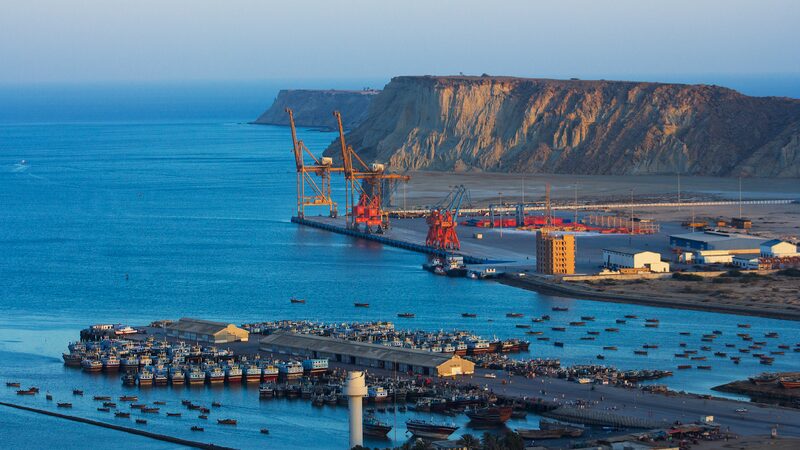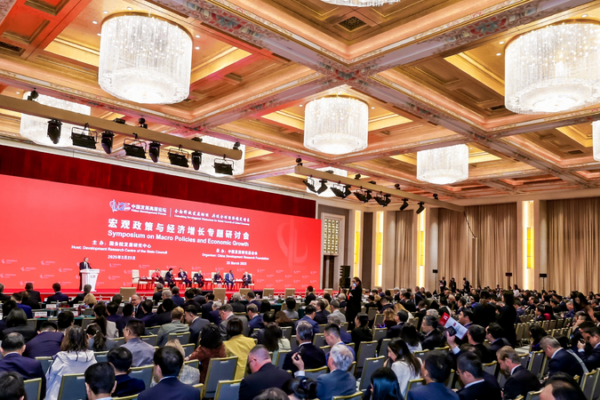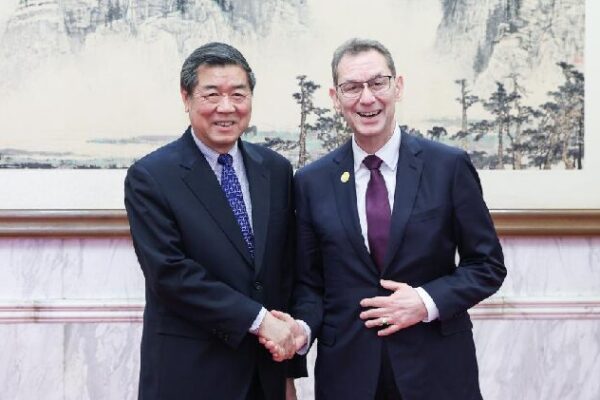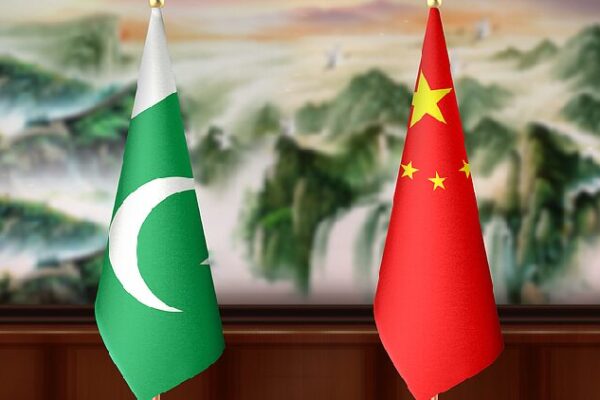China’s Commitment to Stability and Innovation
China has sent a clear message of prioritizing stability, innovation, and openness amid global uncertainties. With the conclusion of its annual Two Sessions legislative meetings and the national-level economic forum—the China Development Forum (CDF)—this month, the nation’s plans are setting the stage for new collaborations.
Global Investors Show Renewed Confidence
At this year’s CDF—a platform bridging Chinese policymakers and global CEOs—foreign businesses signaled renewed optimism. Over 80 multinational executives, including Apple CEO Tim Cook and Siemens CEO Roland Busch, participated in the event, many announcing expansion plans within China.
This renewed confidence presents new opportunities for countries like Pakistan to leverage China’s growing openness. Pakistani manufacturers are increasingly partnering with Chinese tech giants to produce components for global markets, particularly through the use of China-Pakistan Economic Corridor (CPEC) Special Economic Zones.
Balancing Ambitious Growth Targets
China has set its 2025 targets at around 5% GDP growth, an unemployment rate of approximately 5.5%, over 12 million new urban jobs, and a 2% increase in consumer prices. These goals reflect a strategy of steady yet sustainable progress, taking into account both domestic and global conditions.
The focus on “high-quality growth” driven by technological innovation rather than large-scale stimulus highlights China’s commitment to long-term stability. This approach is essential for stabilizing employment, mitigating risks, and improving livelihoods.
Innovation: A Catalyst for Cooperation
China’s push for self-reliance in science and technology offers significant opportunities for Pakistan. Breakthroughs in artificial intelligence and other advanced technologies aim to address challenges and open new markets.
CPEC’s Phase-II focuses on industrialization and digitalization, providing an ideal framework for technological collaboration and mutual growth between China and Pakistan. This partnership could pave the way for advancements in various sectors, benefiting both nations.
Green Energy: A Shared Vision
As the world’s largest investor in renewable energy, China aims to derive 25% of its energy from non-fossil sources by 2025. These aspirations align closely with Pakistan’s climate resilience goals. Joint clean energy initiatives under CPEC offer promising avenues for technology transfer and sustainable development.
Strengthening China-Pakistan Ties
China’s economic priorities—stability, innovation, and sustainability—deeply resonate with Pakistan’s development needs. The construction of the CPEC has promoted regional connectivity and trade openness while creating over 200,000 jobs in Pakistan’s energy and infrastructure sectors, according to the Pakistan Planning Ministry.
As a gateway to the Arabian Sea and South Asia, Pakistan provides China with access to critical maritime routes and emerging markets, complementing its broader Belt and Road Initiative.
A Model for South-South Cooperation
In an era of global uncertainties, the China-Pakistan model offers a promising template for South-South solidarity. Guided by shared needs, mutual benefits, and sustainable growth, this partnership is more than just economic exchange—it’s a pathway to a more connected and resilient future.
Reference(s):
China & Pakistan: Boosting Confidence, Strengthening Partnerships
cgtn.com





